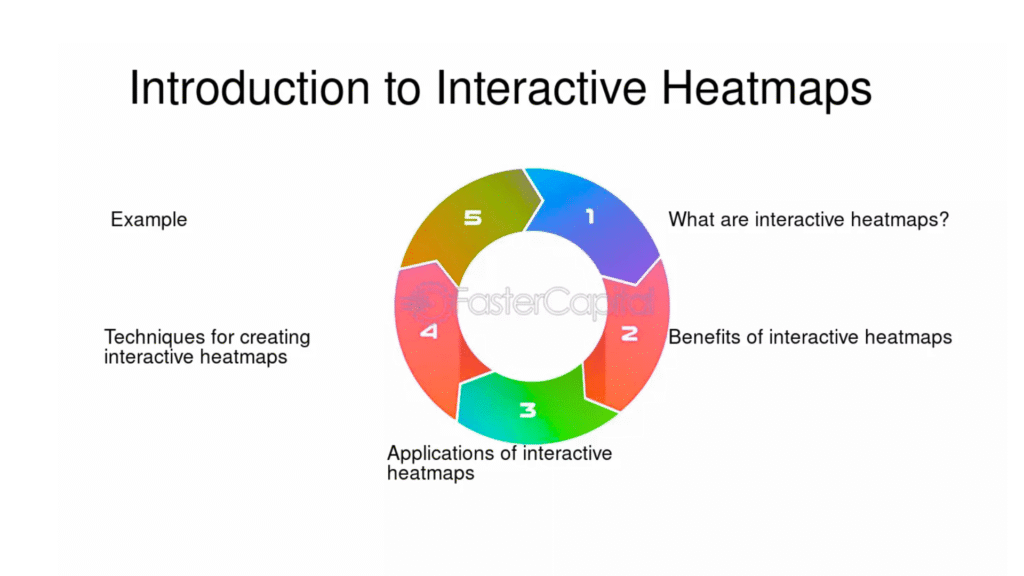Business
Conversion Optimization: The Ultimate Guide to Boosting Sales in 2025
Introduction: Why Conversion Optimization Matters
Every business wants more sales, leads, or sign-ups but most websites fail to turn visitors into customers. You may be driving traffic with SEO, ads, or social media, but if your site isn’t optimized for conversions, you’re leaving money on the table.
Conversion Optimization (CRO) is the science (and art) of turning visitors into paying customers. Instead of only chasing traffic, CRO helps you get more results from the traffic you already have which means higher ROI and sustainable growth.
In this blog, we’ll dive into everything you need to know about CRO in 2025: key principles, proven strategies, tools, and real-world examples that you can use to increase conversions today.
What is Conversion Optimization?
Conversion optimization (also called CRO) is the process of improving your website, landing pages, or digital campaigns so that a higher percentage of visitors take a desired action—such as:
- Making a purchase
- Filling out a form
- Signing up for a newsletter
- Downloading a resource
- Booking a call
It’s about removing friction, building trust, and making it as easy as possible for your audience to say yes.

Why CRO is Crucial in 2025
- Ad costs are rising: Platforms like Google Ads and Meta Ads are more expensive than ever. CRO makes every click more valuable.
- AI-driven competition: Businesses are using AI personalization—if you’re not optimizing, you’ll fall behind.
- User expectations are higher: Slow websites, poor design, or confusing checkout processes mean instant drop-offs.
- Higher ROI: Even a 1% increase in conversion rates can mean thousands of extra dollars in revenue.
The Core Principles of Conversion Optimization
- User-Centric Design
Put yourself in your customer’s shoes. Is your website easy to navigate? Does it answer their questions quickly? - Clarity Beats Cleverness
Clear messaging and calls-to-action (CTAs) convert better than vague or “creative” ones. - Trust and Credibility
Social proof (reviews, testimonials, guarantees) builds confidence and reduces hesitation. - Frictionless Experience
Every extra step = drop-offs. Fewer form fields, faster load times, and simple checkout = higher conversions. - Continuous Testing
CRO is not “set and forget.” Regular A/B testing helps identify what actually works with your audience.
Proven Conversion Optimization Strategies
1. Optimize Landing Pages
- Keep headlines clear and benefit-driven.
- Use a single, strong CTA.
- Remove distractions (no extra menus or links).
- Use compelling visuals or product demos.
2. Improve Website Speed
- Every second delay reduces conversions.
- Use tools like Google PageSpeed Insights or GTmetrix.
- Compress images, use caching, and upgrade hosting.
3. Simplify Forms
- Only ask for essential information.
- Use autofill where possible.
- Break long forms into multi-step progress bars.
4. Strengthen CTAs
- Use action words: “Get Started,” “Claim Your Discount,” “Join Free Today.”
- Test different placements (above the fold, mid-page, exit popups).
- Create urgency: “Limited offer,” “Only 2 seats left,” “Offer ends tonight.”
5. Leverage Social Proof
- Showcase customer testimonials and ratings.
- Display trust badges and security certifications.
- Add case studies or “before and after” results.
6. Personalization with AI
- Dynamic product recommendations (like Amazon).
- Personalized email follow-ups.
- Geo-targeted offers (show location-based discounts).
7. Mobile Optimization
- 70%+ of traffic in 2025 is mobile.
- Use responsive design.
- Make CTAs thumb-friendly.
- Ensure checkout works smoothly on small screens.
8. Retargeting and Remarketing
- Many visitors don’t convert on the first visit.
- Use retargeting ads to bring them back.
- Send cart abandonment emails with incentives.
Tools for Conversion Optimization in 2025
- Google Optimize / Optimizely – A/B testing.
- Hotjar / Crazy Egg – Heatmaps and user session recordings.
- Unbounce / Instapage – High-converting landing page builders.
- HubSpot / ActiveCampaign – Marketing automation & personalization.
- ChatGPT-based chatbots – 24/7 customer support and lead generation.
Real-World CRO Case Studies
Case Study 1: SaaS Business
A B2B SaaS company changed its CTA from “Request Info” to “Get Your Free Demo” and saw conversions rise by 37%.
Case Study 2: E-commerce Store
An online fashion store added customer reviews and photos on product pages. Conversion rate jumped by 21% in two weeks.
Case Study 3: Service Business
A local law firm reduced its consultation form from 7 fields to 3. Lead conversions increased by 42%.
The Future of CRO in 2025 & Beyond
- AI-driven personalization will dominate—websites will auto-adapt based on visitor behavior.
- Voice search & voice checkout will rise as smart assistants take over.
- AR & VR experiences will allow customers to “try before they buy.”
- Predictive analytics will forecast user behavior and optimize in real-time.
Conclusion
Conversion optimization isn’t about tricks or hacks it’s about understanding your audience and making their journey smooth, trustworthy, and persuasive. In 2025, with rising competition and customer expectations, CRO is no longer optional it’s a must.
Start with small improvements optimize CTAs, speed up your site, add trust signals and test everything. Over time, these changes compound into massive growth.
FAQs on Conversion Optimization
Q1. What is a good conversion rate?
It depends on your industry. Average rates range between 2–5%, but top performers hit 10% or higher.
Q2. Is CRO only for e-commerce?
No,CRO applies to SaaS, service businesses, blogs, lead-gen sites, and even non-profits.
Q3. How long does it take to see results?
You can see improvements within weeks, but CRO is a continuous process of testing and refining.
Q4. Do I need expensive tools for CRO?
Not necessarily. many free tools like Google Analytics, Hotjar (basic), and A/B testing plugins can help you get started.
Q5. What’s the biggest mistake businesses make?
Focusing only on traffic without optimizing the customer journey. More visitors don’t help if no one converts.